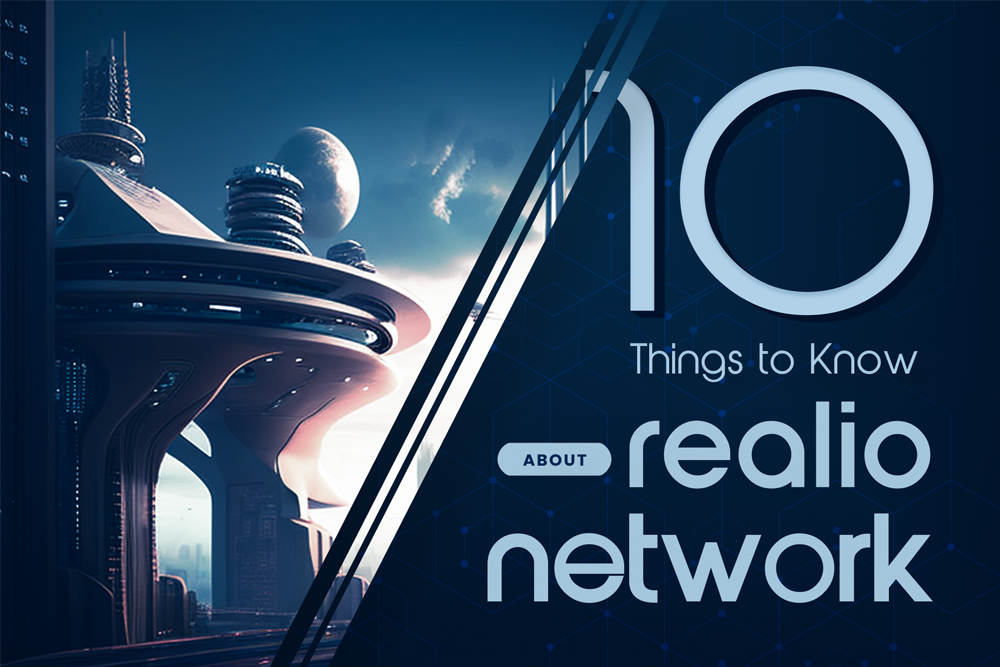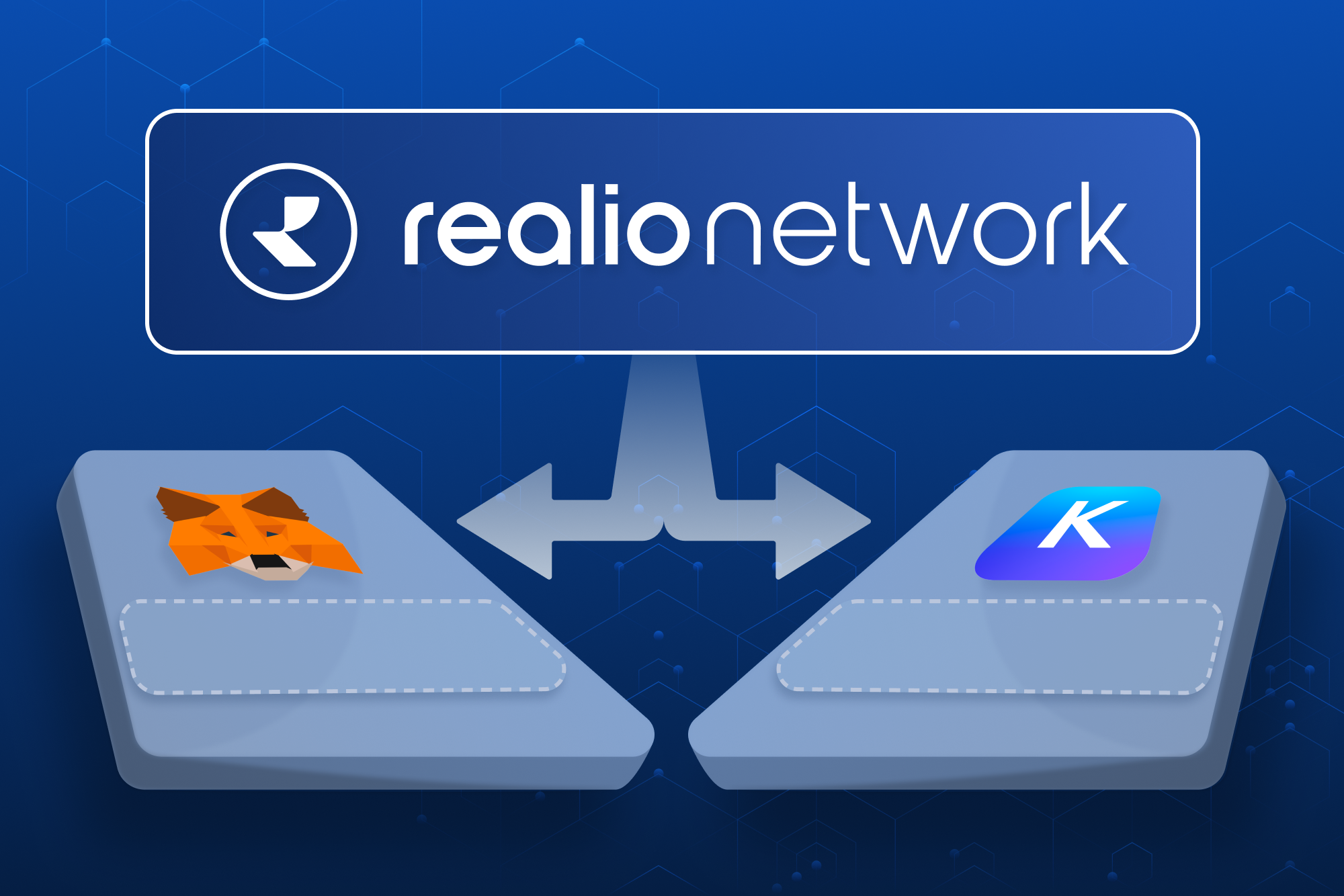10 Things to Know about the Realio Network
Realio is now mere weeks away from one of our most anticipated events this year: the Alpha release of the Realio Network, in which we will initiate the genesis event of a purpose-built, Layer-1 network for real-world assets (RWAs).
Here are ten things you need to know about the Realio Network:
1. When will the Realio Network launch?
The Alpha release of the Realio Network is scheduled for April 7th, 2023. This is the culmination of years of work from the Realio team, with a battle-tested testnet running for several months prior to launch.
2. Is the Realio Network a Proof of Stake or Work blockchain?
The Realio Network is built using the ComeBFT Proof of Stake (PoS) consensus engine, which provides a secure, scalable, and energy-efficient algorithm to secure the Network. Validators who bond native $RIO (Realio Network Token) or $RST (Realio Security Token) can participate in the consensus process by broadcasting votes which contain cryptographic signatures signed by each validator's private key.
3. Is the Realio Network Web3 enabled?
It sure is! Web3 is a term coined by Gavin Wood in 2014 to define decentralized online ecosystems based on blockchain technology. The Realio Network is a decentralized, transparent, and trustless network, a fundamental feature of Web3. It will enable Web3 dApps, one example being the base layer for a real-world-based metaverse, the realioVerse. The land rush for realioVerse land is scheduled to launch later this year.
4. Who will control the Realio Network?
Validators and their delegators control the Realio Network. Built for the community, everything that happens in the Network, including the Network’s consensus process, governance process, and all upgrade proposals, will all rely on community participation.
5. Can you stake on the Realio Network?
Absolutely! Validators secure the Realio Network by bonding $RIO (Realio Network Token) or $RST (Realio Security Token) and participating in the consensus process. Network users can delegate to any active validator and participate without running their own validators. This provides a much lower barrier to entry for participation.
6. Can you mint on the Realio Network?
The Realio Networks Asset Token Module will enable the creation of digitally native and real-world assets (RWAs) in a secure decentralized process.
7. What chain(s) does the Realio Network support?
As an EVM-compatible Layer-1 blockchain, the Realio Network will launch with Ethereum support and then plans to release native bridges between Algorand and Stellar. As a Cosmos-based chain, the Network will leverage the IBC protocol to achieve interoperability with different blockchains in the ecosystem.
8. What can be built on the Realio Network?
Similar to the dApps on the Ethereum blockchain, a wide variety of applications can be deployed on the Realio Network, mainly because of the EVM support. Anything from financial applications, tokens representing real-world assets (RWAs), and metaverses, such as the realioVerse. The Realio team has several product ideas that will depend on the Network. We also envision working with the community to build diverse dApps we have yet to consider. Finally, being in the Cosmos sphere allows the Network to leverage different applications within the ecosystem.
9. What makes the Realio Network unique?
The Network is distinct in that it features a native dual-token public Proof-Of-Stake (PoS) consensus mechanism for both Realio’s utility token, $RIO (Realio Network Token), and its hybrid digital security token, $RST (Realio Security Token).
10. What other projects is Realio planning with the launch of the Network?
The Realio Network will support the forthcoming Freehold Wallet app, a non-custodial, multi-chain DeFi wallet app built on Realio's blockchain infrastructure.


.png)



